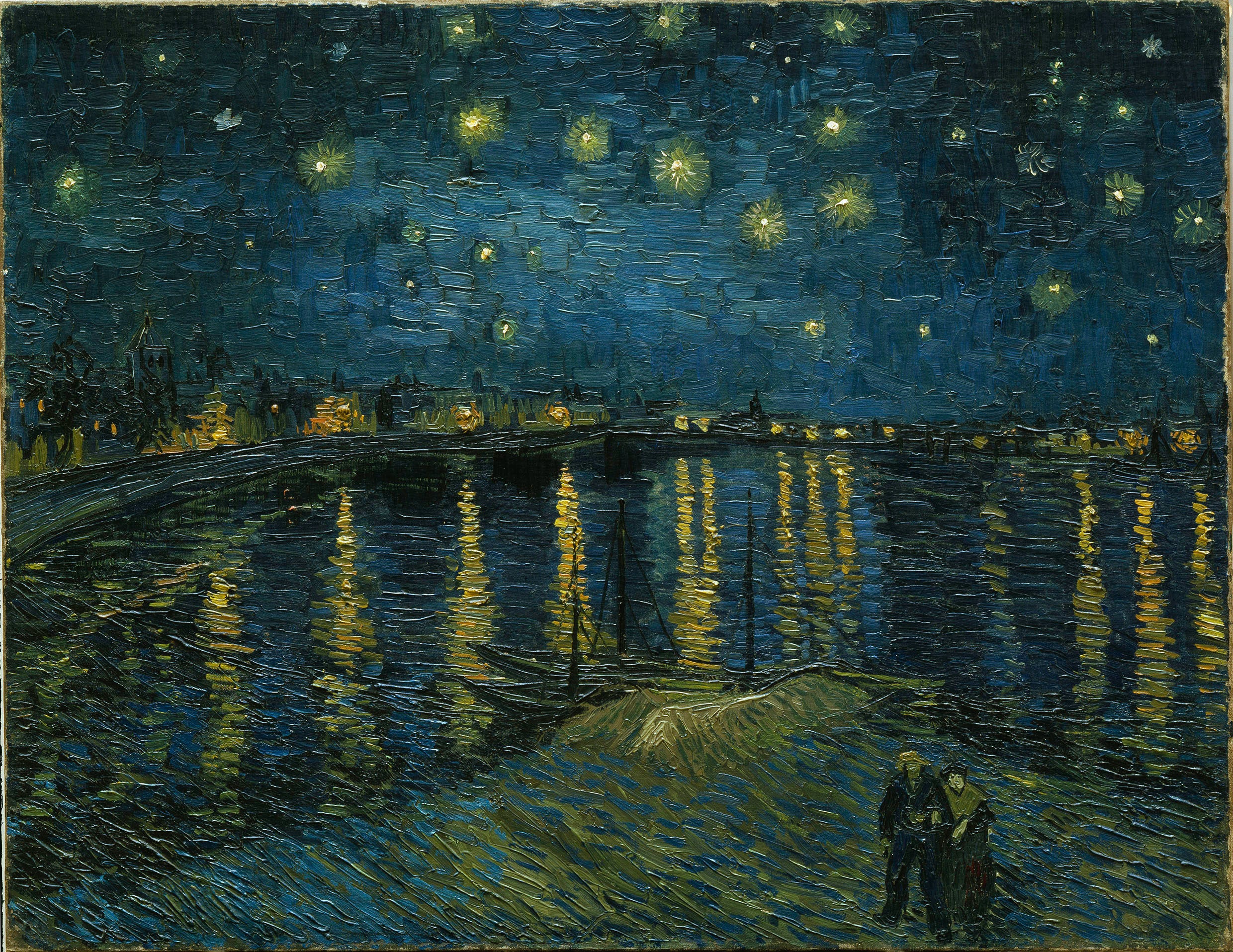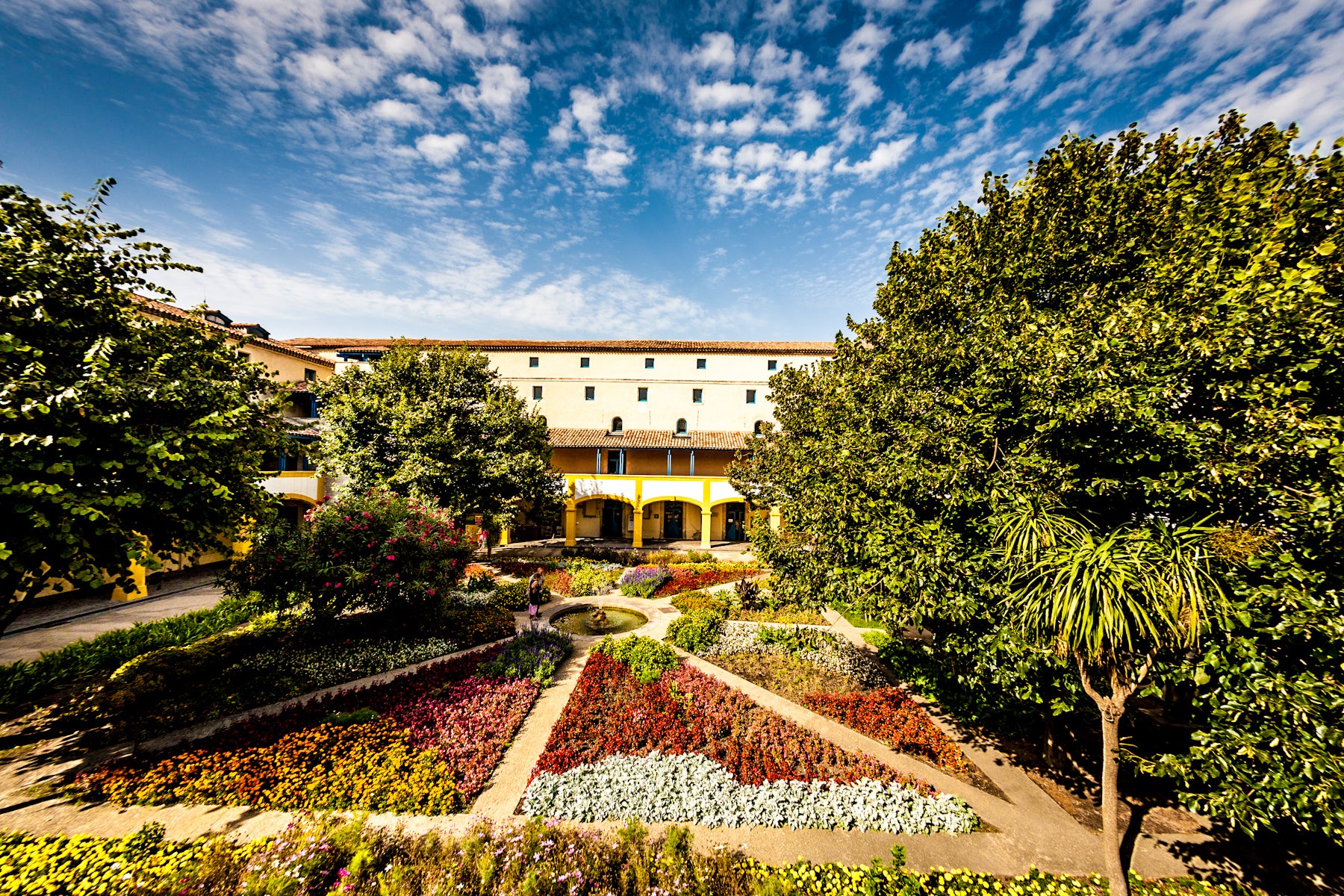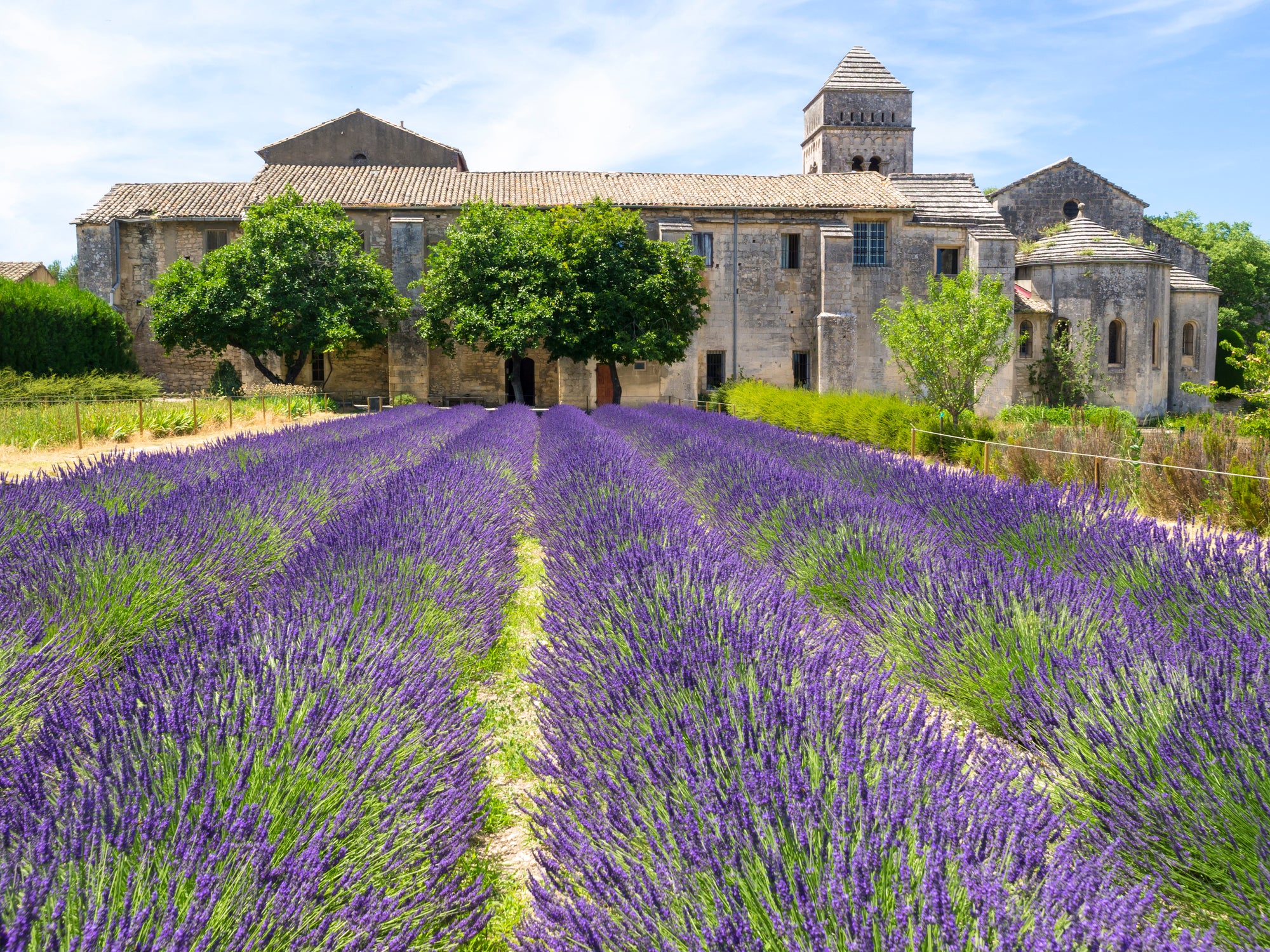On the Van Gogh trail in Arles where the secrets (and lies) of the artist’s world are revealed
As a major new Van Gogh exhibition opens at London’s National Gallery, Michael Hodges takes a train to Arles to retrace the famous painter’s steps and discovers a twisty tale where fact merges into fiction and brings a surprising portrait of the artist to life

In February 1888, it took Vincent van Gogh 18 hours to reach Arles from Paris by train. Once there, he found a room at the Hotel Carrel just inside the city’s medieval walls and began to paint. The swirling incandescent works that he created over the following two years, ageless paintings like Sunflowers and The Starry Night, have come to define the very idea of art, but Van Gogh met a nemesis of sorts in Provence. After his hopes of forming an artist’s colony with Paul Gauguin were dashed the Dutch artist mutilated his own ear, ended up in the city’s hospital and then, turbulent genius overwhelmed by mental illness, the asylum at nearby St Remy. Or so the legend goes.
Do such extreme events leave traces, is it still possible to get a sense of the troubled artist and his work in Provence? As the National Gallery’s unmissable overview of his time in Arles, Van Gogh: Poets and Lovers, opens, it feels like a question worth answering. Happily, it’s now only five hours by train from Paris to the city on the banks of the Rhône, an easy pilgrimage to such a culturally portentous place.
Arles has burst out of its medieval walls since Van Gogh’s time and the Hotel Carrel is an empty space on Rue Amédée Pichot, destroyed on 25 June 1944 by US bombers seeking the railway bridge over the Rhône. But I walk along the same tree-lined avenue through the Roman necropolis shown in The Alyscamps, where Van Gogh and Gauguin worked together, and the city’s alleyways are still a warren of dun-coloured walls, pantile roofs and shuttered windows. It is down one such alleyway that I find the Fondation Vincent van Gogh Arles, a glass and concrete cube interjected into the ancient architecture, which will host the Musée d’Orsay’s Starry Night Over the Rhône from 1 June to 8 September, before it comes to London in the autumn.

The quayside where that famous work was painted is only a short walk away along the river. Looking over the Rhône, I’m paces away from the sites of some of his greatest masterpieces; the Café de la Gare, immortalised as The Night Café and what was briefly Van Gogh’s home on Place Lamartine, captured in The Yellow House with a coal-black locomotive steaming by in the background.
It was here that Van Gogh prepared a guest room for Gauguin by hanging what is now the National Gallery’s Sunflowers above the bed. Sadly, the 25 June air raid, which also took the Café de la Gare, destroyed the Yellow House. The site is now the drinks terrace of La Civette Arlesienne – three beers on tap, no obvious artists in residence – but the railway bridge survives, graffitied yet pregnant with the possibility of Van Gogh’s train puffing back at any moment.
Behind me, and in front of the city gates, is the scene of Van Gogh’s Entrance to the Park in Arles. The park is now a roundabout and the council mistakenly places the sign indicating the site of the picture 10 minutes away in the Jardin d’Été, a wooded park alongside the Roman theatre. In fact, during this trip I encounter a lot of this mislabelling and obscuration.

In the Place du Forum, a café makes an initially convincing claim to be the one in Café Terrace at Night, but a local tells me it’s a fake version created in 2000 by three local businessmen since prosecuted for tax offences. Rather than disappointing, this feels appropriate. After all, under Gauguin’s influence, Van Gogh happily indulged his own artistic licence – the Plough constellation that hangs over the river in Starry Night Over the Rhône would have been behind him in the night sky.
Much of his legend of being a miserable loner is overplayed. In truth, Van Gogh welcomed company and often painted his Arles friends. He took the dashing army officer Paul-Eugene Milliet (subject of the fabulous portrait The Lover) across the fields to the abbey of Montmajour, a ruined medieval hulk of crusader castle proportions. Today, it’s 26 minutes by bus from Avenue George Clemenceau and, on alighting, I find a place where I know Van Gogh was happy, as he wrote to his brother, Theo, about the pleasure of stealing figs at Montmajour.

There is misery if you want to seek it out. The morning after he cut his ear Van Gogh was treated in Arles hospital, which survives as the Espace Van Gogh. Pause and consider him as you go through the gateway, he would have entered in pain and trepidation. Yet even here Van Gogh painted, and the courtyard has been planted to give an indication of what he would have seen as he worked on Garden of the Hospital in Arles.
From Arles, Van Gogh travelled the 25 kilometres to St Remy by cart in May 1889. The 704 bus does it in 45 minutes, as we get closer the twisted forms of the Alpilles mountains come into view, so recognisable from works like Olive trees with the Alpilles in the Background. I fill up on Provencal nosh at the Bar Tabac, then walk up the Avenue Vincent Van Gogh opposite. This hill is the artist’s Via Dolorosa, stations of the cross marked out on the way with reproductions of his extraordinary fever-dream landscapes.
At the top, his Calvary – the Saint-Paule-de-Mausole asylum where he suffered so much and which is partly open to the public. Here the obscuration continues: “Van Gogh’s bedroom” is in the wrong wing and the window from which I’m told he painted the Alpilles is the wrong window. But it doesn’t matter, this was Van Gogh’s world and there are glimpses of him in it still.
Van Gogh: Poets and Lovers at The National Gallery is now open and runs until 19 January 2025



Join our commenting forum
Join thought-provoking conversations, follow other Independent readers and see their replies
Comments